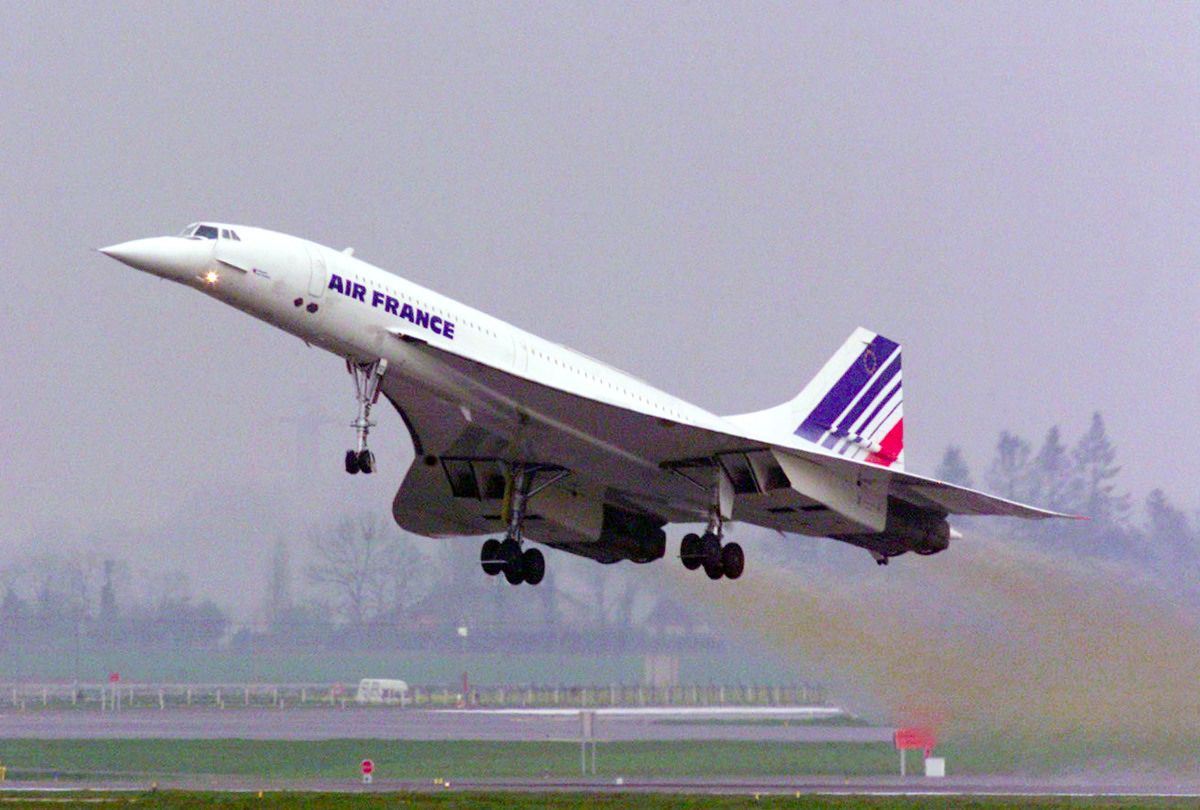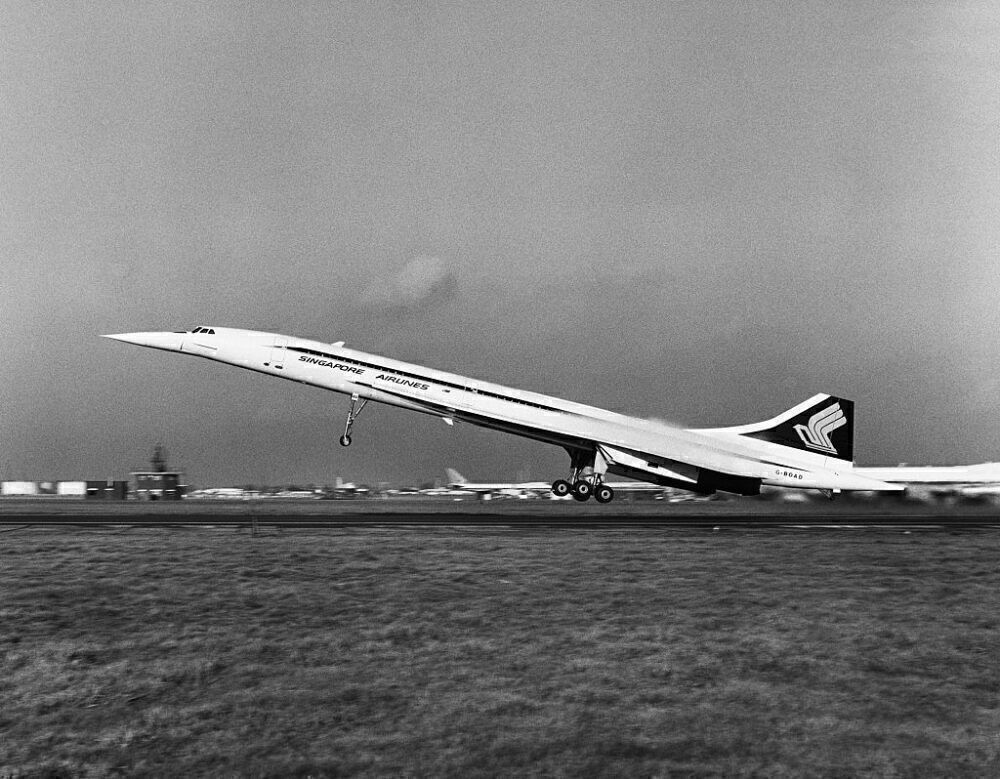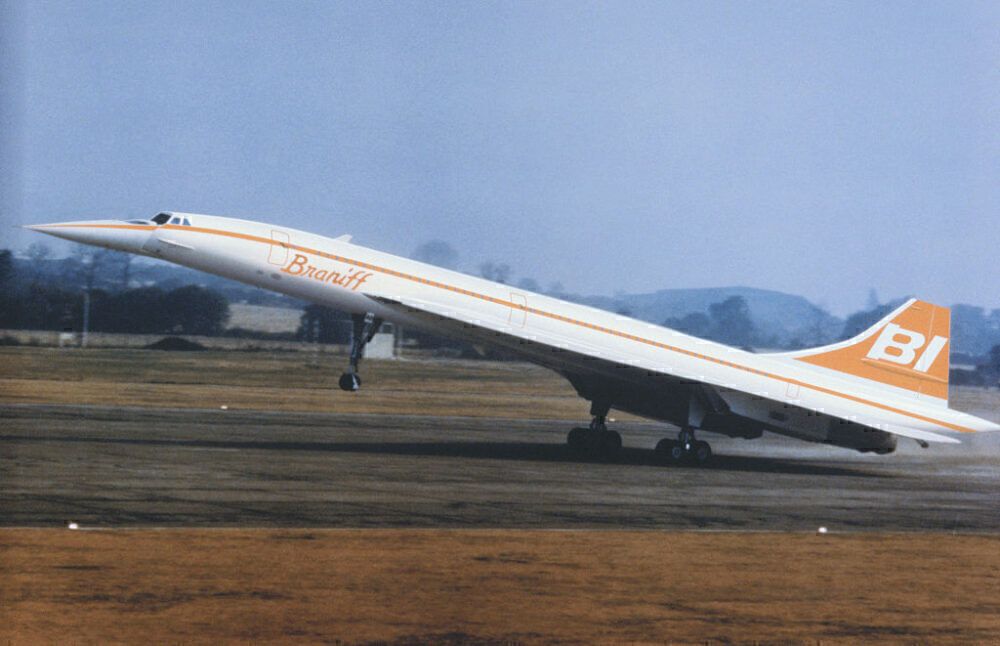Concorde has gone down in history for being the world's most successful supersonic airliner to date. It made the dream of Mach 2 commercial air travel a reality for a select few, crossing the Atlantic in just three hours. Transatlantic services from London and Paris to New York and Washington were among its most defining operations, with most of these flights taking place over water. But why was the aircraft less well-suited to overland flights?
A matter of noise
A key reason as to why Concorde was less well-suited to overland flights was the noise of its sonic boom. This is a phenomenon that occurs when an aircraft is flying above the speed of sound, due to the compression and eventual merging of the pressure waves that surround the aircraft. These can be alarming to unexpecting citizens on the ground below.
To reduce disruption to people on the ground, supersonic flight over land is generally prohibited. This meant that Concorde could not reach its full Mach 2 potential until it was over the open sea. Sometimes, in the case of military aircraft, they are unavoidable over land, and one such incident occurred earlier this year. This came about after two RAF Eurofighter Typhoons were dispatched to intercept an unresponsive private jet over the UK.
Noise issues affected Singapore Airlines
Problems relating to Concorde's aforementioned higher noise levels proved lethal for Singapore Airlines' short-lived services that used the aircraft. The airline partnered with British Airways to extend the UK flag carrier's existing London Heathrow-Bahrain service to Singapore. The London-Bahrain leg had been BA's inaugural Concorde route in 1976.
Interestingly, the aircraft involved in this joint venture (G-BOAD) featured a hybrid livery. While the right-hand side retained BA's colors, the left wore Singapore Airlines' livery. This livery combination did not see as much action as the airlines would have liked. This was because noise complaints from Malaysia stopped the flights after just three return trips.
The program restarted in 1979 after Singapore Airlines plotted a new route for it that avoided Malaysian airspace. However, another country that the flight passed over objected to it on noise grounds a year later, namely India. The country banned Singapore Airlines from flying Concorde at supersonic speeds in its airspace, rendering the service unviable.
Stay informed: Sign up for our daily and weekly aviation news digests.
Domestic overland services at Braniff
Despite the difficulties of operating Concorde on overland flights, that isn't to say that it never happened. Indeed, American carrier Braniff International Airways briefly operated Concordes from both Air France and British Airways on leases between 1978 and 1980 on domestic flights within the US mainland. These flew between Dallas and Washington DC.
Braniff operated these services as an extension of existing services from London and Paris to Washington. While they were faster than other flights on the route at the time, noise regulations kept them from going supersonic. Indeed, they were limited to Mach 0.95. In the end, low load factors (around 50%) ended this service after 18 months.
Did you ever see Concorde during its operational years? Perhaps you were even lucky enough to fly on the legendary supersonic airliner? Let us know your thoughts and experiences in the comments



